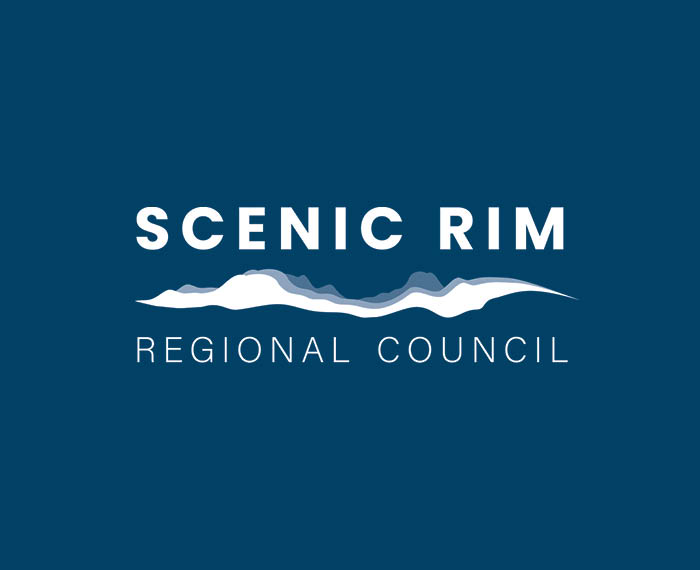


UKdistances' purpose is to give you information, numbers and a map for the upcoming journey. Let's talk about calculating distance between cities and everything that comes with it. We are happy to welcome you and thank you for choosing us. The below figure depicts three alternative routes for a Transatlantic western passage during winter where s-Planner | BVS is is an ultimate road trip guide 2019.
#Road trip planner with weather forecast free#

#Road trip planner with weather forecast how to#
Rely on formal meteorological maps (facsimiles) which require easy access and an understanding of how to read them.There are three options to reach this balance: This exemplifies why the captain should seek to find a balance between the LTD and the LTW, or the distance of a voyage and the weather conditions that may be encountered. This second course, although longer in miles, is not only the safest but also the shortest time-wise. In this case, the LTD may be 6 hours and the LTW only 2 hours, decreasing the total time lost to 8 hours. If the same vessel chooses to sail along the rhumb line with a turning point in 40N / 40W, it will be a longer distance but with a greater chance of sailing in better weather conditions. Loss Time (GC) = LTD + LTW = 0 + 12 = 12 hours. For this example, we will assume that LTW equals 12 hours along the Great Circle (GC). If she sails across the Great Circle, the LTD will be equal to zero because the Great Circle is the shortest course in terms of nautical miles.ĭuring winter, however, the ship is very likely to encounter adverse weather conditions when traveling through the Great Circle, forcing a remarkable reduction in its speed. Loss Time due to Weather (LTW) is the time a ship loses due to weather conditions.Ī vessel departs from Le Havre (Port A) with the destination being New York (Port B).Loss Time due to Distance (LTD) is the time a ship loses due to its distance and.When a vessel departs from Port A to destination Port B, there are two main factors that cause delays: distance and weather. To understand why these services are so crucial, we must look into what exactly they entail, as well as their advantages in situations when a vessel can lose time while en route. Routing Advisory Services (RAS), previously viewed as dispensable by captains, are now understood to be a critical tool for every captain. Metop A and B) act as “observing eyes” above the ocean-providing us with measurements for isolated oceanic areas. Furthermore, next generation satellite platforms (i.e. With a significant increase in the range of weather models used, we can now predict the conditions of wind, waves and currents 7–16 days in advance. During the last 15 years, meteorology has made remarkable progress in terms of forecast accuracy, directly impacting the shipping sector and more specifically, route planning.


 0 kommentar(er)
0 kommentar(er)
